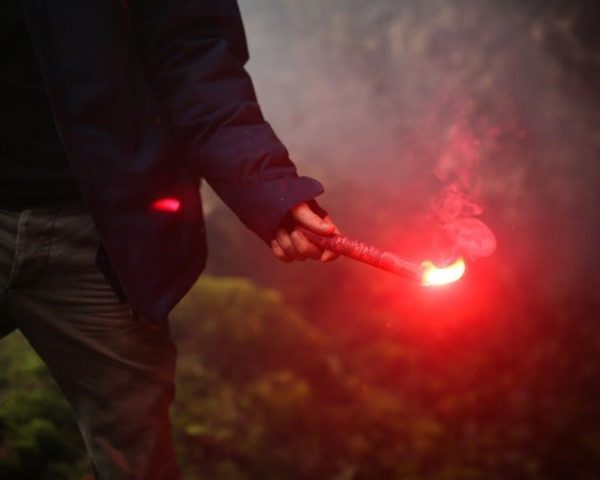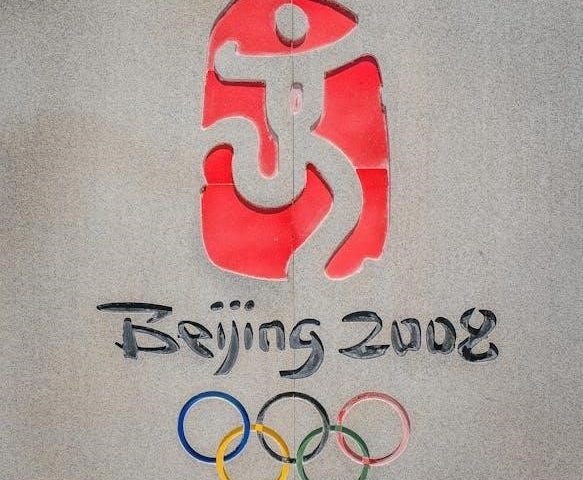Choosing the right sock length is essential for comfort, style, and performance. This guide explores how different lengths suit various activities, ensuring optimal fit and functionality for every occasion.

Factors Influencing Sock Length
Sock length is influenced by activity type, personal style, and shoe fit. These factors ensure comfort, functionality, and aesthetic appeal, making it crucial to consider them when selecting socks.
2.1. Activity and Sport
The type of activity or sport significantly impacts the ideal sock length. For high-intensity activities like running, ankle socks or no-show socks are preferred due to their breathability and minimalistic design, reducing blisters and moisture buildup. In contrast, sports requiring more support, such as hiking or basketball, benefit from crew socks or mid-calf socks, which provide additional cushioning and stability. For cycling, longer socks are often chosen to wick sweat and offer compression benefits. The demands of each activity, including moisture management, friction reduction, and performance enhancement, dictate the most suitable sock length. By matching sock length to the specific needs of the sport, individuals can optimize comfort and performance. This section explores how different activities influence sock length choices, ensuring the best fit for various athletic pursuits.
2.2. Personal Preference
Personal preference plays a crucial role in determining the ideal sock length. Some individuals prefer shorter socks, like ankle socks, for a sleek, modern look, while others opt for longer styles, such as over-the-calf socks, for added comfort and coverage. Lifestyle and wardrobe choices also influence decisions, as certain outfits may require specific sock lengths for aesthetic appeal. For instance, formal attire often pairs well with longer socks, whereas casual wear aligns with shorter styles. Additionally, personal comfort levels, such as sensitivity to fabric or temperature, can sway preferences toward thicker or thinner materials. Ultimately, sock length is a balance between practicality and individual taste, allowing people to express their style while ensuring comfort. This section highlights how personal preferences shape sock length choices, emphasizing the importance of aligning with one’s lifestyle and aesthetic goals.
2.3. Shoe Fit and Comfort
The length of your socks significantly impacts shoe fit and comfort. Proper sock length ensures a snug, blister-free fit, while improper length can lead to discomfort or even shoe damage. For example, too short socks may cause shoes to rub against skin, especially during physical activity, while overly long socks can bunch up inside tight-fitting shoes. Different shoe types also require specific sock lengths: dress shoes often pair with shorter, low-profile socks to maintain a sleek look, while hiking boots benefit from taller, cushioned socks for ankle support. Additionally, sock material and thickness play a role in overall comfort, as they can affect moisture-wicking properties and breathability. Matching sock length to shoe type and activity ensures optimal performance and all-day comfort. This section explores how sock length interacts with footwear to enhance or detract from overall wearability.

Different Sock Lengths
Socks come in various lengths to suit different needs: ankle, crew, mid-calf, over-the-calf, and knee-high. Each length offers unique benefits, from casual style to athletic support, ensuring the right fit for every occasion.
3.1. Ankle Socks
Ankle socks are a popular choice for their versatility and comfort. They typically reach just above the ankle bone, offering a sleek, minimalist look. Ideal for casual wear, they pair well with sneakers, sandals, or even dress shoes. Their shorter length makes them perfect for warm weather or low-cut footwear. Ankle socks are also a favorite for athletic activities, as they provide lightweight breathability without restricting movement. Many designs feature moisture-wicking fabric, keeping feet dry during workouts. They are available in a variety of styles, from no-show versions for a seamless look to slightly taller options for added support. Ankle socks are a practical and fashionable option for everyday use, balancing style and functionality effortlessly. Their compact design ensures they stay hidden when desired, making them a versatile choice for any wardrobe.
3.2. Crew Socks
Crew socks are a timeless and versatile option, typically reaching mid-calf length. They are ideal for both casual and formal settings, offering a balance of style and comfort. Their moderate height makes them suitable for a wide range of activities, from daily wear to sports. Crew socks are often preferred for their ability to stay in place without slipping down, providing consistent support throughout the day. They are available in various materials, such as cotton, wool, and synthetic blends, catering to different needs like breathability or warmth. With a vast array of colors and patterns, crew socks can easily complement any outfit, making them a popular choice for those who value both functionality and fashion. Their universal appeal ensures they remain a staple in many wardrobes, suitable for everything from jeans to dress pants. Crew socks are a practical yet stylish option for everyday use.
3.3. Mid-Calf Socks
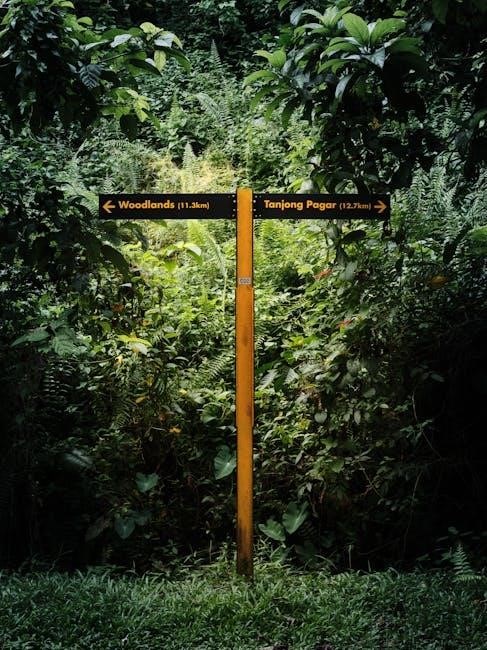
Mid-calf socks are a practical and versatile choice, extending just below the calf. They offer excellent support and coverage, making them ideal for active lifestyles or colder weather. These socks are perfect for hiking, sports, or layering under boots for added warmth. Mid-calf socks are also a stylish option for casual outings, pairing well with jeans, skirts, or dresses. Their extended length provides additional cushioning and helps prevent blisters during prolonged activities. Available in a variety of materials, from breathable fabrics to thick, insulating yarns, mid-calf socks cater to diverse preferences. Whether for functionality or fashion, they strike a balance between comfort and style, making them a popular choice for everyday wear. Their moderate height ensures they stay in place without feeling restrictive, offering a reliable and comfortable solution for multiple occasions.
3.4. Over-the-Calf Socks
Over-the-calf socks are a sophisticated and functional option, extending above the calf muscle to just below the knee. These socks are ideal for formal occasions, providing a seamless look with dress shoes or suits. Their extended length ensures they stay in place throughout the day, eliminating the need for constant adjustments. Over-the-calf socks are also popular for outdoor activities like hiking or skiing, as they offer additional warmth and support. Crafted from premium materials, they are often thicker than other styles, providing excellent cushioning and durability. This style is particularly favored by those who value both comfort and elegance, making them a versatile choice for various settings. Whether for professional attire or adventurous outings, over-the-calf socks deliver a perfect blend of style, support, and practicality, ensuring a comfortable and polished appearance.
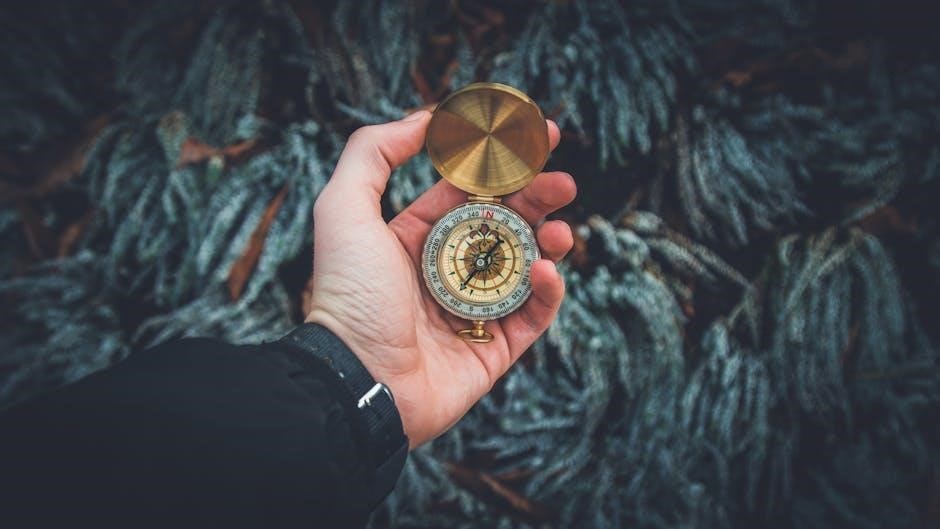
3.5. Knee-High Socks
Knee-high socks are a versatile and stylish choice, extending up to the knee or slightly above it. They are ideal for adding a fashionable touch to outfits, particularly during colder seasons. These socks are often worn with skirts or dresses for a chic look, while also serving as a practical option for layering under boots or jeans. Knee-high socks are popular in athletic settings too, providing support and compression during high-intensity activities. They come in a variety of materials, from thick, warm knits to lightweight options, catering to different preferences and needs. Additionally, their extended length offers protection against abrasion and cold, making them a favorite for outdoor enthusiasts. Whether for fashion, sports, or everyday comfort, knee-high socks are a dynamic and adaptable accessory that enhances both style and functionality, ensuring versatility for any occasion or activity.
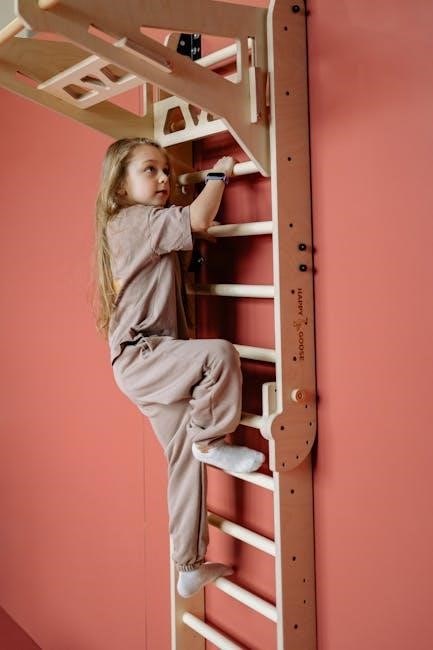
How to Measure for the Right Sock Length
Measuring for the right sock length involves assessing both foot and calf dimensions. Start by measuring your foot length using a ruler or measuring tape, ensuring accuracy by standing upright. Then, measure the calf circumference at its widest point to determine the optimal sock height. Use these measurements to consult size charts and select the appropriate sock length for comfort and style. This method ensures a precise fit, catering to different activities and preferences, whether for athletic support or casual fashion.
4.1. Measuring Foot Length
Measuring foot length is a crucial step in determining the ideal sock length. To ensure accuracy, place your foot flat on the floor and use a ruler or measuring tape. Measure from the back of the heel to the tip of the longest toe, as this will give you the total foot length. It’s important to stand upright while measuring, as this provides the most accurate reading. Some people also trace their foot on paper and measure the outline to double-check. For the best fit, consider the longest toe when calculating length. This measurement will help you choose socks that are neither too tight nor too loose, ensuring comfort and proper support. Additionally, this method helps in selecting socks that align with your shoe size, promoting optimal comfort and performance for various activities. Accurate foot length measurement is the foundation for finding the perfect sock length.
4.2. Measuring Calf Circumference
Measuring calf circumference is essential for ensuring a proper fit, especially for longer socks like crew, mid-calf, or over-the-calf styles. To measure accurately, stand upright and wrap a flexible measuring tape around the widest part of your calf. The tape should be snug but not tight, forming a horizontal line around your leg. This measurement helps determine how the sock will fit around your calf, preventing it from slipping down or feeling too restrictive. For the most accurate reading, measure at the end of the day, as legs may swell slightly. This step is particularly important for active individuals or those with larger calves, as it ensures the sock stays in place during movement. By combining calf circumference with foot length, you can select socks that provide both comfort and support tailored to your specific needs. This dual measurement approach guarantees a superior fit for any sock style.
4.3. Using Size Charts
Using size charts is a reliable way to determine the perfect sock length for your needs. Most brands provide detailed charts that correlate foot length, calf circumference, and sock styles. To use them effectively, measure your foot and calf accurately, then match the measurements to the chart. Pay attention to whether the chart is based on your shoe size or direct foot length. Some charts also differentiate between men’s and women’s sizes, so ensure you’re using the correct one. If you’re shopping online, refer to the chart provided by the retailer, as sizing can vary between brands. For the best fit, consider both your activity type and personal comfort preferences. By consulting size charts, you can avoid the hassle of ill-fitting socks and enjoy a more tailored experience. This step ensures your socks stay comfortable and functional, whether for sports, formal events, or everyday wear.

How to Choose the Right Sock Length
Selecting the ideal sock length involves balancing activity type, personal comfort, and style preferences. Consider your lifestyle, shoe fit, and occasion to ensure the perfect match for every need.
5.1. Considering Activity Type
When choosing sock length, your activity type plays a crucial role. For high-impact sports like running or basketball, opt for crew or ankle socks with cushioning to reduce friction and blisters. These shorter lengths allow for better mobility and breathability. For outdoor activities such as hiking or cycling, mid-calf or knee-high socks are ideal, offering additional support and protection from abrasions. In formal settings, like business meetings, ankle socks are preferred as they remain hidden under dress shoes. For casual, everyday wear, crew socks strike a balance between comfort and versatility. Always consider the demands of your activity to ensure your socks provide the necessary support and comfort. Remember, the right sock length can enhance performance and prevent discomfort, making it essential to match your choice to your lifestyle and needs. By prioritizing activity-specific features, you can make informed decisions for optimal results.
5.2. Matching Personal Style
Sock length is a subtle yet impactful element of personal style. It can elevate or complement an outfit, depending on the choice. For a sleek, minimalist look, ankle socks paired with loafers or sneakers create a clean aesthetic. Crew socks, sitting just above the ankle, offer a classic, versatile option that works well with jeans or casual trousers. Mid-calf socks add a touch of sophistication, often pairing nicely with dress pants or skirts. Knee-high socks, meanwhile, can make a bold fashion statement, perfect for layering with dresses or boots. Consider bold colors or patterns to express individuality, but ensure they align with your overall wardrobe. The key is to balance sock length with footwear and clothing to create a cohesive look. By thoughtfully selecting sock length, you can enhance your personal style and make a lasting impression. This ensures your socks are both functional and fashionable, reflecting your unique taste.
5.3. Selecting for Specific Occasions
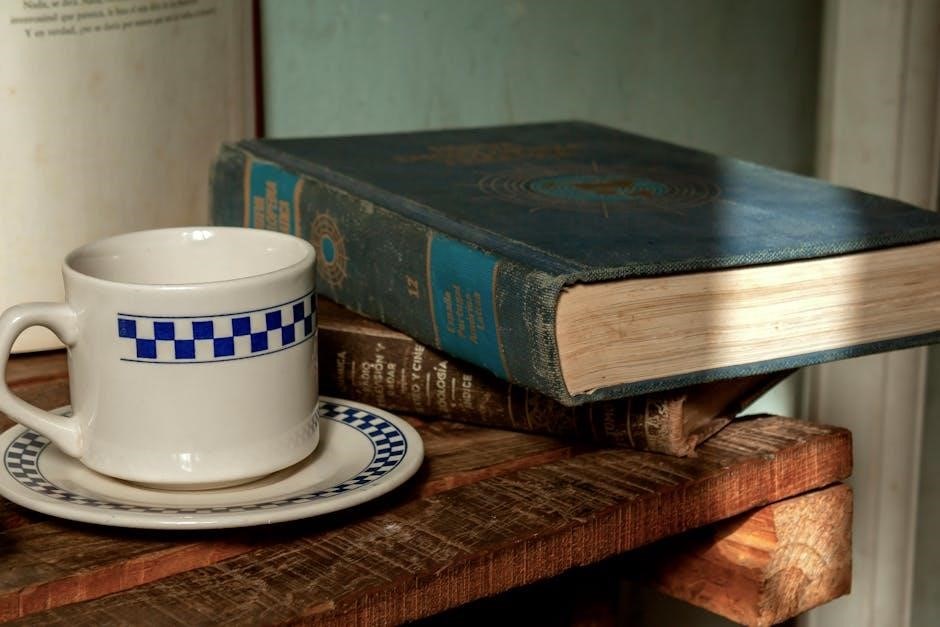
Sock length plays a crucial role in complementing outfits for specific events. For formal occasions like weddings or business meetings, over-the-calf socks are ideal, as they stay in place and maintain a polished look. Knee-high socks pair perfectly with dresses or skirts for a chic, elegant appearance. Crew socks are versatile for casual gatherings, offering a balanced look with jeans or trousers. Ankle socks are great for athletic events or relaxed settings, providing a sporty vibe. When attending outdoor activities or festivals, mid-calf socks offer both comfort and style. For seasonal events, consider themed or patterned socks to add a festive touch. Ultimately, matching sock length to the occasion ensures your attire is appropriately styled and functional. This thoughtful selection enhances your overall appearance, making you well-prepared for any event. By choosing the right length, you can effortlessly adapt to the occasion’s demands.
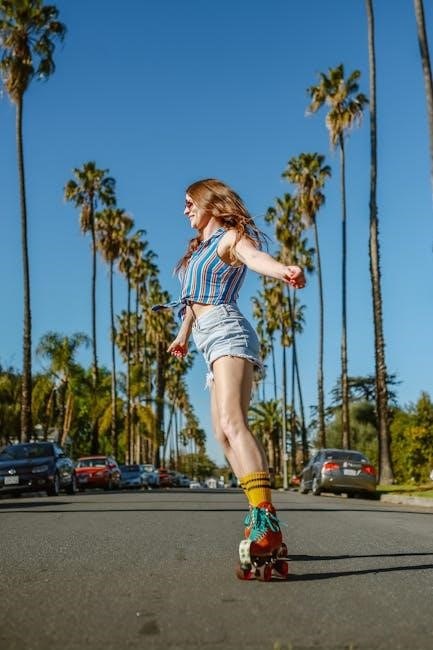
Sock Length and Shoe Fit
Proper sock length enhances shoe fit, preventing blisters and discomfort. Match socks to shoe types: crew for sneakers, dress for formal shoes, and longer for boots. Comfort guaranteed.
6.1. Dress Shoes
Dress shoes pair best with specific sock lengths to maintain a polished look and ensure comfort. Opt for crew or mid-calf socks to avoid visible lines. Avoid overly long socks, as they can bunch up, and steer clear of ankle socks, which may leave the ankle exposed. The ideal length should align with the shoe’s collar, creating a seamless transition. Thin, breathable materials are recommended for a snug fit without compromising style. Patterns should be subtle to complement formal attire. Proper sock length ensures all-day comfort and a refined appearance, making it essential for professional settings and special occasions.
6.2. Sneakers
When pairing socks with sneakers, comfort and style are key. Ankle socks are the most common choice, as they provide a low-profile fit that complements the casual vibe of sneakers. Crew socks are also popular, offering slightly more coverage while maintaining a sporty look. For athletic activities, moisture-wicking socks are ideal to keep feet dry and comfortable. Avoid overly long socks, as they may bunch up inside the shoe and cause discomfort. The sock length should align with the sneaker’s collar to ensure a seamless fit. Additionally, bold patterns or bright colors can enhance the overall aesthetic, making it a great way to personalize your outfit. proper sock length ensures both functionality and style, making it essential for everyday wear or athletic pursuits.
6.3. Boots
Boots vary in height, and the right sock length ensures both comfort and style. For ankle boots, mid-calf socks are ideal, as they stay hidden while providing coverage. Knee-high boots pair perfectly with over-the-calf or knee-high socks, which prevent chafing and add a polished look. Thick, warm socks are recommended for winter boots to enhance insulation, while lightweight options suit casual styles. Avoid overly short socks with taller boots, as they may leave skin exposed. The sock length should complement the boot’s height, ensuring a seamless fit. Additionally, consider the boot’s purpose—hiking boots benefit from moisture-wicking socks, while fashion boots can showcase patterned or textured designs. Proper sock length enhances the overall aesthetic and functionality, making it a crucial choice for boot wearers.

Care and Maintenance of Socks
Proper washing, storing, and drying prolong sock life. Wash in cold water, avoid bleach, and store neatly to prevent stretching. Air dry to maintain elasticity and replace worn socks regularly.
7.1. Washing Guidelines
Proper washing techniques are crucial for maintaining the quality and longevity of your socks. Always turn socks inside out before washing to protect the outer fabric from friction and pilling. Use cold water, as hot water can shrink or misshape socks. Avoid using bleach or harsh detergents, as these can damage materials and fade colors. For best results, wash socks separately from other laundry to prevent snagging. Gently cycle or hand wash delicate or woolen socks to preserve their texture. Remove promptly after washing to avoid stretching, and air dry away from direct sunlight to prevent fading. Avoid using fabric softeners, as they can reduce moisture-wicking properties in athletic socks. By following these guidelines, you can keep your socks soft, durable, and looking their best for a longer period.
7.2. Storing Socks Properly
Storing socks correctly ensures they remain in great condition and are easy to find when needed. Always store clean, dry socks in a cool, dry place to prevent moisture buildup and mildew. Avoid direct sunlight, as it can cause fading or weakening of fabrics. Fold or roll socks to prevent stretching or misshaping, especially for longer styles like over-the-calf or knee-high socks. Use dividers or small bins in your drawer to keep pairs organized and prevent them from getting lost. For seasonal socks, consider storing them in breathable containers or fabric bags to maintain freshness. Avoid overcrowding, as this can lead to creasing or damage. Regularly clean out your sock drawer to remove worn-out pairs and maintain a tidy space. Proper storage extends the life of your socks and keeps them looking their best.

